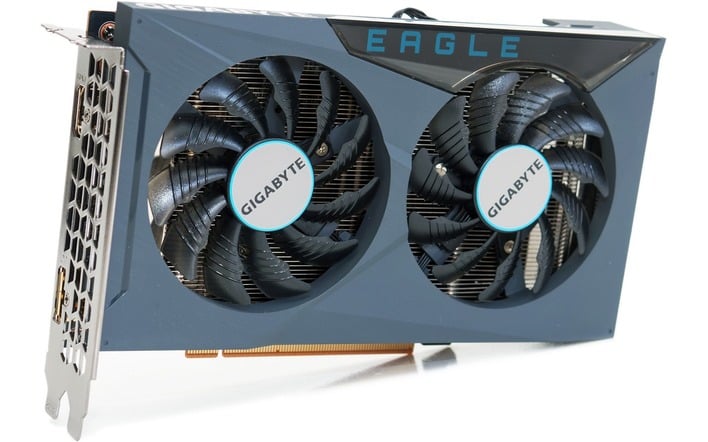AMD Exec Confirms Navi 24 GPU In Radeon RX 6500 XT Was Made For Ryzen 6000 Laptops

The just-released Radeon RX 6500 XT is a weird product in a lot of ways. Besides its lean 64-bit memory bus, its hilariously-narrow PCIe x4 interface, and the resulting mediocre performance, it also suffers from limited video encoding and decoding capabilities compared to its fellow RDNA 2 GPU siblings. On top of all that, it's not even particularly efficient, drawing some 100 watts while gaming.
The weaknesses of the card have made many wonder exactly why it is the way it is. As it happens, there's a surprisingly reasonable answer. Posting on the Phoronix forums, an AMD developer named John Bridgman, formerly known as "the AMD Linux guy," acknowledged that the Navi 24 GPU which powers the RX 6500 XT was never really meant to be a desktop graphics card.
Commenting on a post by "Hibbelharry" complaining about the weakened media capabilities in Navi 24, Bridgman said "The primary use of Navi24 will be in laptops paired with a Rembrandt APU, which has full video functionality and Gen4 PCIe." A laptop so-equipped can use Rembrandt's built-in RDNA2 graphics for video encoding and decoding (including the AV1 codec), while the Navi 24 GPU comes into play for games and other 3D graphics.
Admittedly, Navi 24 itself isn't that much more potent than the GPU built into Rembrandt—it's so small, it could even fit in a Socket AM4 package alongside a Zen 3 CCD. Still, having its own allotment of GDDR6 memory helps tremendously with performance. It's even possible that clever developers could code their DirectX 12 or Vulkan games to perform compute on the integrated GPU while doing raster graphics on the Navi 24 discrete chip, although that does seem admittedly unlikely.
So why does the desktop RX 6500 XT exist, then? Well, probably because AMD saw the unbridled thirst of the market for discrete GPUs, particularly low-midrange parts, and decided to divert production of those processors to a product that could serve that demand. The PCIe x4 interface makes sense given the GPU's mobile design intentions, and it will surely run lower clocks in a laptop, which should help improve efficiency immensely.
We haven't actually seen any laptops configured with a Rembrandt APU and a Navi 24 discrete GPU yet, but some of the machines shown at CES, like Lenovo's Thinkpad Z series, may indeed come with such a configuration. It will be interesting to see if Navi 24 performs better in its intended application.


